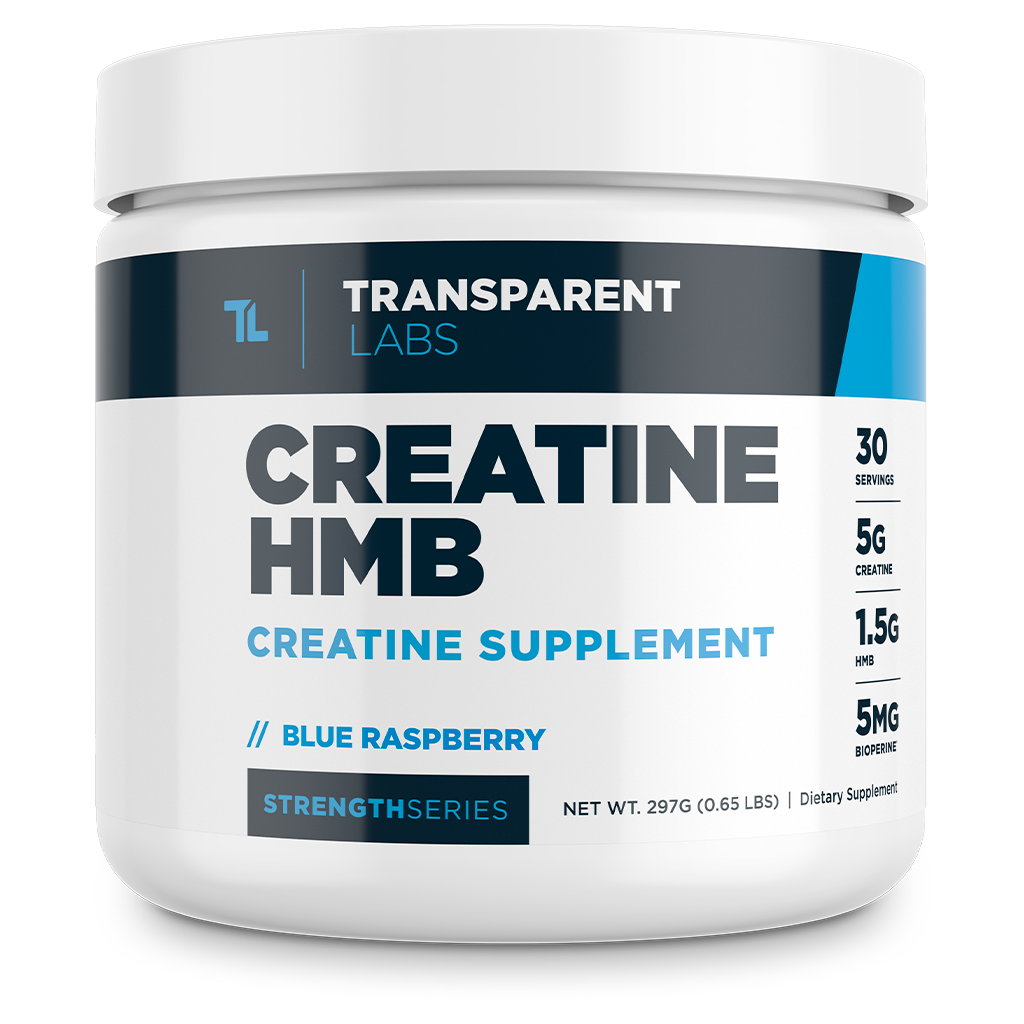Pendlay Row: The Best Back Exercise You're (Probably) Not Doing

How to Master the Pendlay Row
The Pendlay row is an effective full-body exercise primarily targeting the upper back region. Developed by Olympic weightlifting coach Glenn Pendlay, this barbell row variation was designed to strengthen the back muscles, improve range of motion, and build better posture.
In this guide, we will explore how to perform the Pendlay row with excellent form, what types of lifting mistakes to watch out for, and a few of the top Pendlay row alternatives for building a stronger back.
What Is the Pendlay Row?
Compared to the standard barbell row, Pendlay rows use a strict form with greater emphasis on the hinged hip position. In other words, this type of row requires you to bend at the hips until your torso is parallel to the floor. At this angle, the Pendlay row specifically targets back strength and overall muscle development.
Muscle Groups Activated During Pendlay Rows
What makes the Pendlay row unique is the combined recruitment of a range of muscles, not only in the upper body but down to the glutes and hamstrings as well.
Primary Muscles
Pendlay rows work a group of primary muscles in the mid and upper back including the latissimus dorsi and rhomboids.
The lats are a dominant muscle group that plays a significant role in most pulling exercises. In addition, the rhomboids which are located in the upper back contract during a proper Pendlay row to help retract the shoulder blades together.
Secondary Muscles
There are a variety of secondary muscles worked during a Pendlay row to help stabilize the body to facilitate proper lifting mechanics.
During the lifting phase, the biceps and forearms will contract to pull the bar into the chest. As this happens, the abdominals, glutes, hamstrings, traps, spinal erectors, and deltoids will activate to stabilize the body to maintain proper position throughout the entire movement.
How to Perform a Proper Pendlay Row with Perfect Form

Before loading plates onto the barbell, it’s best first to understand and grasp the foundation of a proper Pendlay row. Here is a step-by-step guide to help you perform a Pendlay row with perfect form.
Setting Up Phase
-
The Pendlay row starts by positioning your feet shoulder-width apart with a lighter-weight barbell just over your midfoot
-
With a neutral spine, hinge forward at your hips so that your upper body is parallel with the floor, keeping your knees slightly bent
-
Assume the starting position of the lift by grabbing the bar using an overhand grip and engaging your back muscles by rotating your shoulders back
-
For an increased range of motion, make sure to emphasize low back extension while also elongating your hamstrings
Lifting Phase
-
Initiate the upward movement by engaging your core and contracting your lats as you pull the bar up off the ground
-
Keeping your elbows tucked close to your ribcage, contract your biceps to assist in pulling the bar towards your chest with explosive power
-
At the top of the movement, your elbows should be behind your torso at a 45-degree angle as you squeeze your shoulder blades together
Lowering (& Repeat) Phase
-
Without altering your rowing alignment from the initial lift, begin to lower the bar back down by straightening your elbows until the bar is in contact with the ground
-
Pause briefly at the bottom of the downward phase (“dead stop”) as you reach the starting position before initiating the next repetition
-
Keep your core, glutes, hamstrings, and back stabilizers engaged throughout the full movement
Common Pendlay Row Mistakes to Avoid
Like any exercise, there is a range of mistakes that a lifter can make during the Pendlay row, and many of them stem from improper starting positions. It’s essential to avoid these mistakes to reduce your risk of injury and optimize your strength gains when Pendlay rowing.
Here are some common mistakes associated with Pendlay rows:
-
High torso angle: One of the most common mistakes lifters make while performing the Pendlay row is neglecting to keep their back angle flat when it should be parallel to the floor. Lowering your torso angle can help protect your low back from injury, emphasize a full range of motion, and help to maximize your strength and hypertrophy gains [1].
-
Flared elbows: In order to efficiently pull the weight of the bar from the floor to your chest is more easily accomplished by keeping your elbows tucked by your sides. Flaring your elbows out not only makes this difficult to lift more weight, but it can also strain the shoulders in the process.
-
Rounded back: Having a rounded back is a common Pendlay rowing mistake that may result in injury. This can happen as a result of a faulty setup or by starting with too much weight and having to overcompensate your back angle to perform the lift. With proper Pendlay row form, your back should be neutral or “flat” during the entirety of the lift.
-
Lifting too heavy too soon: Like any exercise, starting with too much too soon can be incredibly problematic. For this reason, it’s best to focus on exercising proper form and quality reps before adding more weight.
Benefits of the Pendlay Row
The Pendlay row is a relatively straightforward compound exercise with a high payoff. Here are some of the top Pendlay row benefits.
Build a Stronger Back
Whether your focus is to build a strong back to show off greater muscle definition or to transfer over to other compound lifts, the Pendlay row can help.
Combining proper volume, load, and quality contractions with each repetition, Pendlay rows emphasize a full range of motion to maximize back strength gains. Using a perfect form, Pendlay rows allow you to load the bar with relatively heavy weight compared to similar pulling movements such as the bent-over row or t-bar row.
Improved Posture
Back muscle weakness or imbalances are major contributors to poor posture. As a result, we may slouch more often, experience low back pain, or struggle with excessive tightness through the upper back and shoulders [2]. Performing the Pendlay row can increase back muscle activation and improve core stability — both of which are necessary for improving back posture.
Full-Body Activation
Pendlay rows are a unique pulling movement that, unlike most rowing exercises, target muscles throughout the entire body. Maintaining strict form, this exercise places a higher demand on the low back, core, hamstrings, and glutes to stabilize the body.
A great way to maximize full body activation is to modify the exercise slightly using one of many Pendlay row variations known as the "deficit Pendlay row". This variation increases the muscles' time under tension which can also help contribute to increased muscle growth.
Pendlay Row Alternatives
Though Pendlay rows have a ton to offer, there’s always room to add variation to your repertoire of back strengthening exercises. Here are 3 alternative exercises to the Pendlay row that can prepare your muscles to lift more weight, boost muscle activation, and help you execute greater explosive power.
1. Bent-Over Barbell Row
Similar to the Pendlay row, the bent-over row places more emphasis on hinging the upper torso forward during the lift. Since this rowing variation does not use a dead stop at the bottom phase of the movement, you’ll be required to support the weight for the entire duration of your set.
Compared to the Pendlay row, the bent-over barbell row typically requires less weight and more reps for the ultimate back gains.
2. Double Kettlebell Pendlay Row
Kettlebell Pendlay rows are an excellent alternative for building functional strength, core stability, and positional awareness. Unlike the standard barbell rows, double kettlebell Pendlay rows give you the opportunity to work on unilateral strength by isolating each side of the body independently.
3. Rack Pulls
Rack pulls are an excellent rowing alternative (when done properly) used to build pulling strength, minimize the risk of injury, and strengthen the back and core.
This exercise utilizes the same bent-over row starting position to prepare for the lift. Though, instead of pulling the bar up towards the chest like a Pendlay row, you'll raise the bar up the same way that you would with a deadlift.
Happy (Pendlay) Rowing!
Pendlay rows are not your traditional barbell row. This advanced back exercise can help you level up in your back-strengthening journey. Using strict form while also avoiding the common Pendlay row lifting mistakes, this exercise contributes to greater upper body muscle gain, improved posture, and full body activation.
Remember to start with a lighter weight and work your way up to a higher load with consistent and intentional practice.




